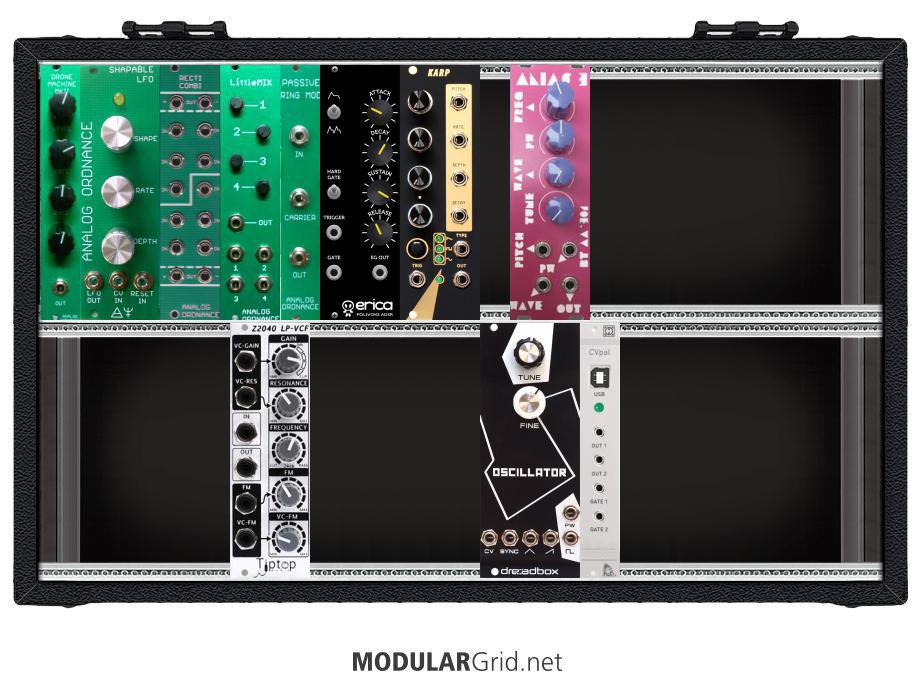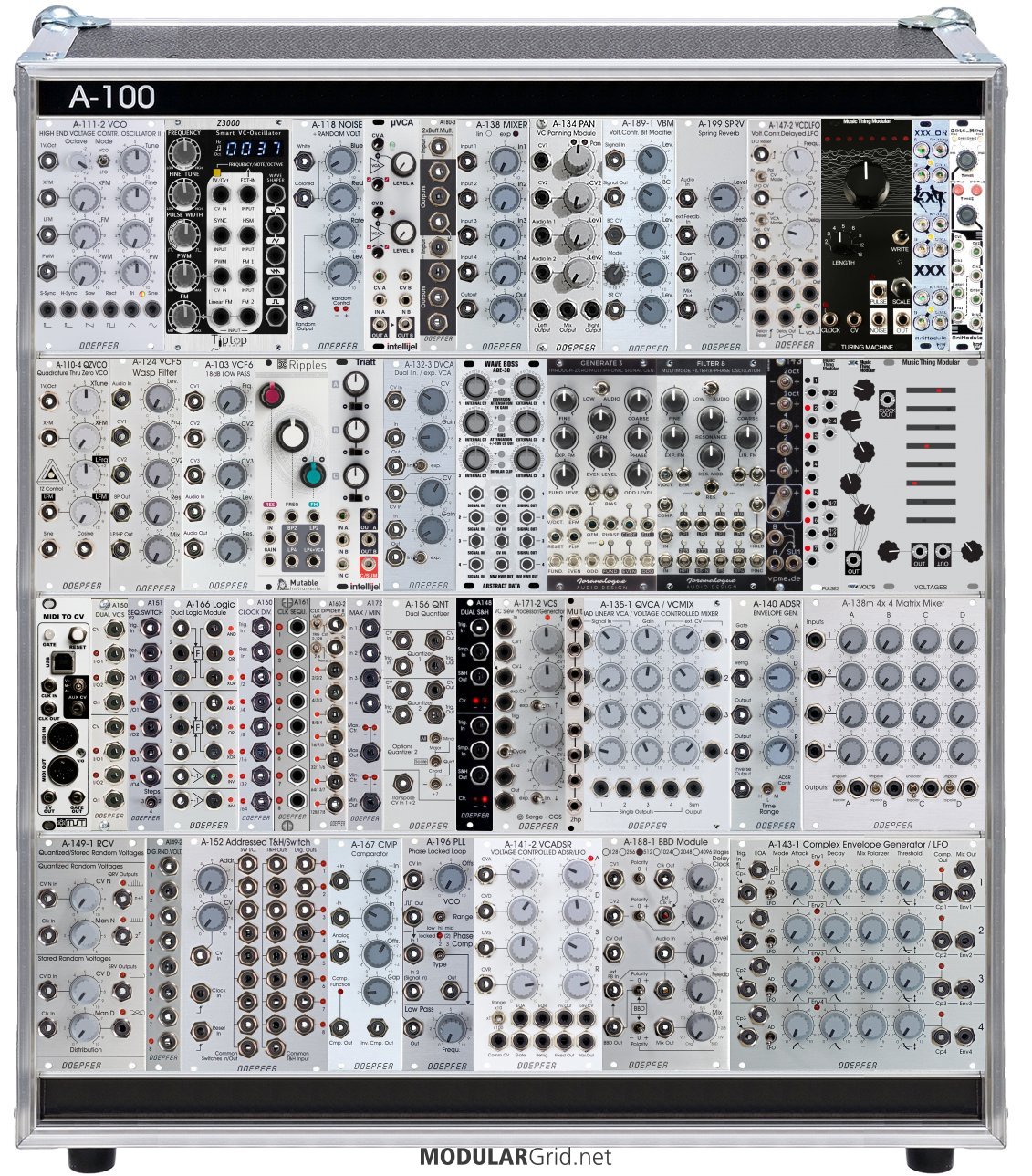There was a time when one could select a module function, such as "VCA", and be presented with list of modules that served that function.
It's hard to get this right, because it is not only a technical problem but also a question of definition.
I think we have 2 problems here:
1. modules are overtagged
We have a best practice for that @ParanormalPatroler already explained:
the question that tagging needs to answer to is whether a module can be used as X or not. If the answer is yes, then the tag should/could be applied.
e.g. if a module is labeled as a VCA it has to have input and output jacks to be used as a VCA in conjunction with other modules. If there is somewhere a VCA burried in the module you cannot access it is not right to tag it as a VCA. It is a community effort to get the tags right.
2. modules are tagged correctly but the result is still confusing/unexpected.
If you have a synthvoice with accessible patchpoints it is o.k. to tag that module as VCA.
Still people looking for just a VCA don't want to have a synthvoice listed at the first places in their result.
One easy and immediate solution to this problem would be to limit the tag option down to 2-3 tags at maximum
Sure that would work too, it would be the easiest and quickest solution, but it would feel almost like cheating ;)
Btw. we already have a max limit.
Damn, I had a detailed and great response queued and clicked submit to be presented with a login.
Sorry!
I wonder if a broader category like "Modulation" with sub feature filters that one could select multiple feature from would work?
I understand the idea but I am not very much into the category/subcategory topographies. It gets academic and inconsistent very quick. Beginners will be overwhelmed, the UI will be difficult and the SQL queries will be slow/complex. If it is possible to keep it flat and simple I am in for that.
I am experimenting to implement a ranking for the results. If someone is explicitly searching by function the modules with less attached functions will be prioritized in the ranking. That means there will be a penalty in the listing position for the swiss army knife and overtagged modules.
So searching for VCA will get you the simple building blocks first.
I think that might be a good thing because manufacturers have to think about the main function of their module.
The main idea is to not add any new functionality but to just magically get better results.
Beep, Bopp, Bleep: info@modulargrid.net


